If your power has ever gone out on a beautiful day, you may have been the victim of a squirrelly attack.
That’s because squirrels are responsible for an impressive number of electrical issues each year.
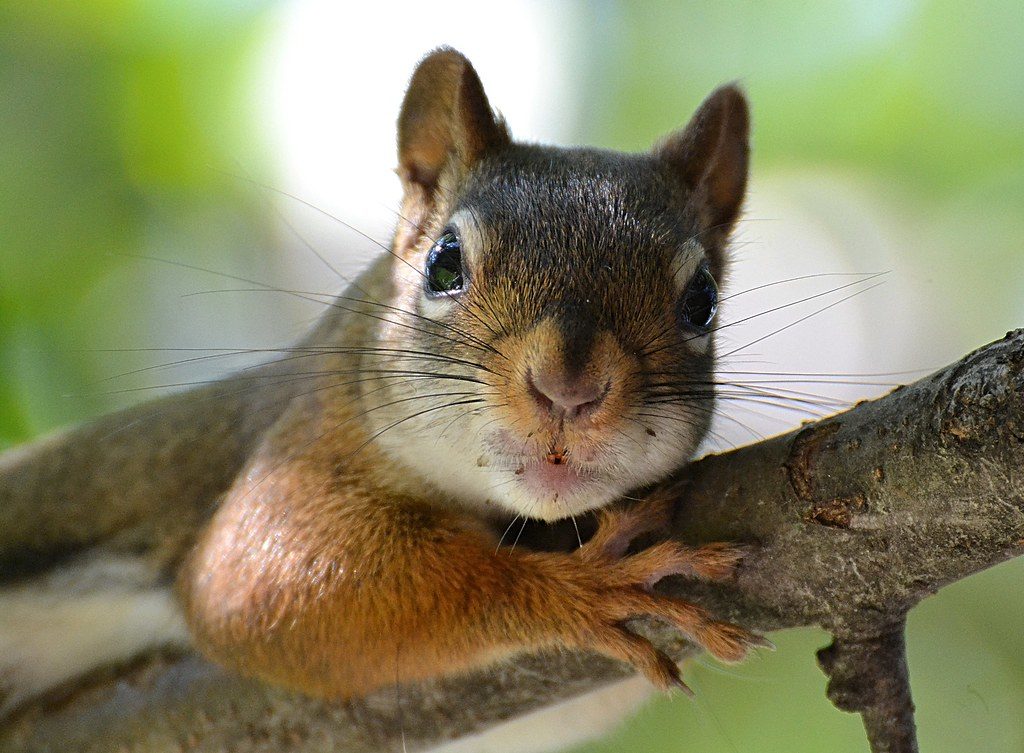
The theory is that that endless growing of teeth of the rodents makes chewing an innate need, which is a must because if they don’t have that innate need, teeth will grow through the roof of their mouth.
The usage of soy or plant-based insulation around wires is another reason why the squirrels and other rodents are attracted towards the wires and cables.
Few power outage stories are as below:
SQUIRREL CAUSES POWER OUTAGES IN SOUTH CAROLINA
Squirrel killed while damaging the equipment
Nov 16, 2020
COLUMBIA, S.C. —
A section of South Carolina’s capital city was without power Monday after a squirrel caused equipment damage that led to the blackout.
Dominion Energy said in a Twitter post that the animal caused the outages in downtown Columbia. Company spokesman Matt Long told The State the squirrel was killed while damaging the equipment.
Another power outage was reported Monday after a dump truck hit some wires in the city, Long said.
By 11:45 a.m., nearly 1,800 customers had reported being without power, according to an outage map on the energy company’s website.
NIXA POWER OUTAGE ATTRIBUTED TO FURRY SOURCE
April 24, 2020
Things were a little nutty around the Nixa area Thursday morning.
Over 4,500 Nixa residents lost power around 9:15 a.m. Thursday morning when a safety mechanism at the Nixa Utilities Espy substation triggered and shut down the site.
Upon arriving at the site, Utility workers discovered the remains of a squirrel that had somehow gotten into the top of the large transformer at the station, which caused the safety systems to shut down.
Utilities are recognizing that while the costs to do actual substation repairs are significant, the cost to repair a reputation is much higher – and they have taken steps over the years to install measures to keep climbing animals at bay.
Engineers and technicians have attempted to prevent or discourage incursions by using an array of methods: squirrel guards, heat shrink tapes and tubing, spinning line guards, screening, greases, pole covers, lights, insulator coatings, decoys, and even live trapping.
These measures have had some temporary success, but they haven’t provided permanent solutions. And hence, an effective and durable solution is the need of the hour.
C Tech Corporation can offer a solution to overcome the damage caused by squirrels. RodrepelTM is an anti-rodent and animal aversive repellent which is extremely low in toxicity and extremely low hazard, environmentally safe solution. It is engineered using a unique set of complex compounds. It follows 6 pronged strategies which are extremely effective on rodents like the squirrel, rat, beaver, gopher, marmot, etc.
RodrepelTM is available in the form of a masterbatch, liquid concentrate, lacquer, wood polish additives and sprays.
The masterbatch can be incorporated in cable sheathing while it is manufactured. The product in the form of liquid concentrate can be diluted in paints and organic solvents and applied to cables. The lacquer which is a topical application can be directly applied to the already installed wires and cables, cabinets and transformer boxes. The wood polish additives can be mixed with the wood polish and applied on wooden surfaces.
Our newly developed product, Rodrepel™ Rodent Repellent Spray is an easy to use product which can be sprayed on wires and cables, electronic appliances, cabinets, to avoid the rodents from entering them.
RodrepelTM is cost-effective, inert, and thermally stable and does not degrade on exposure to heat and sunlight. It is RoHS, RoHS2, RoHS3, REACH, NEA, EU BPR, APVMA compliant and FIFRA exempted.
Contact us at technical.marketing@ctechcorporation.com if you’re facing problems with rodents and get best remedies to combat the pest menace.
Also, visit our websites:
http://www.ctechcorporation.com/
http://www.rodrepel.com/
http://www.termirepel.com/
http://www.combirepel.com/
Follow our Facebook pages at:
1] https://www.facebook.com/Combirepel-411710912249274/
2] https://www.facebook.com/Termirepel-104225413091251/
3] https://www.facebook.com/Rodrepel-120734974768048/
Follow us on our Twitter pages at:
1] https://twitter.com/rodrepel
2] https://twitter.com/termirepel
3] https://twitter.com/combirepel



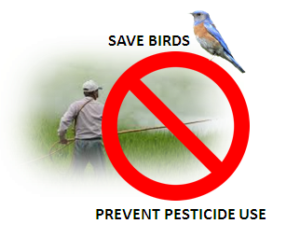 It’s no secret. For years, we’ve known that different species of birds in farmlands and grasslands have been in steep decline. The assumption was that this was due to habitat removal caused by agricultural expansion, deforestation to create concrete jungles that were once devoted to farming. What’s doing away with all those birds? Pesticides!
It’s no secret. For years, we’ve known that different species of birds in farmlands and grasslands have been in steep decline. The assumption was that this was due to habitat removal caused by agricultural expansion, deforestation to create concrete jungles that were once devoted to farming. What’s doing away with all those birds? Pesticides!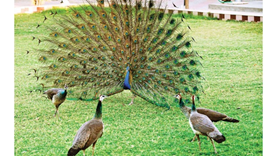 A preliminary report by the Forensic Science Laboratory (FSL) on the death of more than 30 peacocks and peahens pins the cause of death in most cases as excessive use of pesticides. The large scale death of peacocks in Adesar sanctuary area in Kutch in September caused an uproar amongst wildlife enthusiasts, who suspected villagers had poisoned grains fed to 15 peahens and as many peacocks.
A preliminary report by the Forensic Science Laboratory (FSL) on the death of more than 30 peacocks and peahens pins the cause of death in most cases as excessive use of pesticides. The large scale death of peacocks in Adesar sanctuary area in Kutch in September caused an uproar amongst wildlife enthusiasts, who suspected villagers had poisoned grains fed to 15 peahens and as many peacocks.


 The black and white magpie is widely considered one of the most intelligent animals in the world and one of the only nonmammal species able to recognize itself in a mirror test. Magpies have lived in close association with humans for centuries. They have unusually long tails (at least half of their body length) and short, rounded wings. The feathers of the tail and wings are iridescent, reflecting a bronzy-green to purple. They have white bellies and shoulder patches and their wings flash white in flight. Like other corvids, they are very vocal, even boisterous. Typical calls include a whining “Maag” and a series of loud, harsh “chuck” notes.
The black and white magpie is widely considered one of the most intelligent animals in the world and one of the only nonmammal species able to recognize itself in a mirror test. Magpies have lived in close association with humans for centuries. They have unusually long tails (at least half of their body length) and short, rounded wings. The feathers of the tail and wings are iridescent, reflecting a bronzy-green to purple. They have white bellies and shoulder patches and their wings flash white in flight. Like other corvids, they are very vocal, even boisterous. Typical calls include a whining “Maag” and a series of loud, harsh “chuck” notes. Hospital issues warning as ‘extraordinary’ spate of bird-inflicted injuries include a penetrated eye that required surgery
Hospital issues warning as ‘extraordinary’ spate of bird-inflicted injuries include a penetrated eye that required surgery

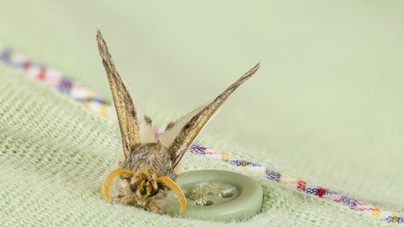

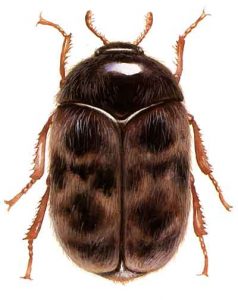

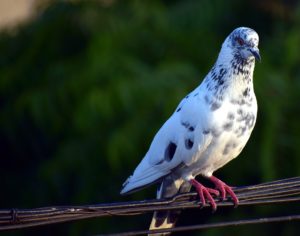 Feral pigeon also known as city doves, city pigeons or street pigeons; they are derived from the domestic pigeons that are derived from the domestic pigeons that returned to the wild. The feral pigeon can be grey, brown, or white, but are usually grey in color with two black bars across each wing and iridescent feathers around the neck and broadband across the end of the tail. One cannot identify the difference between the male and the female. Since domestic pigeons can be easily identified. They have a lifespan of 3 to 4 years in the wild and up to 16 years in captivity.
Feral pigeon also known as city doves, city pigeons or street pigeons; they are derived from the domestic pigeons that are derived from the domestic pigeons that returned to the wild. The feral pigeon can be grey, brown, or white, but are usually grey in color with two black bars across each wing and iridescent feathers around the neck and broadband across the end of the tail. One cannot identify the difference between the male and the female. Since domestic pigeons can be easily identified. They have a lifespan of 3 to 4 years in the wild and up to 16 years in captivity.